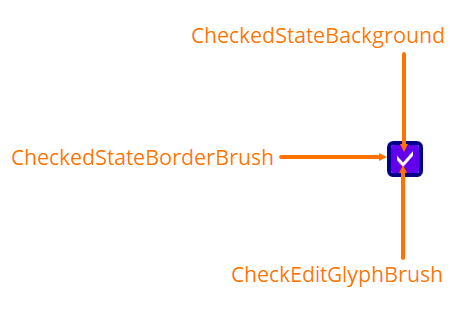
- #CHECK RSTUDIO VERSION INSTALL#
- #CHECK RSTUDIO VERSION FULL#
- #CHECK RSTUDIO VERSION SOFTWARE#
- #CHECK RSTUDIO VERSION CODE#
Your terminal prompt should now be preceded by your conda environment name, in this case (r_3.5.1), and the asterisk should be listed next to r_3.5.1 rather than basein the conda info -envs output. To activate your newly created R environment type: source activate r_3.5.1 You should now see the new environment listed: base * /Users/shu/anaconda3 Now, list your conda environments again with conda info -envs. # To deactivate an active environment, use: This installation will take a few minutes and at the end you should see something like the following: pip 19.1# | 100%
#CHECK RSTUDIO VERSION FULL#
A full list of packages available for conda install. r-essentials is a package bundle which has a lot of the most basic and commonly used R packages. ‘r-essentials’, upon installing R-related packages, you need to add ‘r-’ ahead of the package name.
#CHECK RSTUDIO VERSION INSTALL#
Without this last part, conda will automatically install the most recent version of R.

In this particular case, we also specify r=3.5.1.
#CHECK RSTUDIO VERSION CODE#
It is key that my collaborator and I maintain the same versions of software, so code that we write individually can be easily shared. For instance, I’m working on a collaborative project which requires building bioinformatic pipelines with several different programs. You can use these conda environments in any number of ways– they can be program-specific (for the running of one specific tool) or project-specific (to store versions for a whole workflow).
#CHECK RSTUDIO VERSION SOFTWARE#
You can google ‘conda install for software X’, and often find a single line command to install the most recent version of that software.Įven better, Anaconda allows you to create compartmentalized computational environments (called “conda environments” in this post) where you can install any mixture of things you require without accidentally messing up other software downloads on your computer.

Anaconda will make your scientific programming life easier by facilitating software installations for many programs or packages.

# Location on my computer: /Users/shu/anaconda3īriefly, Anaconda, or conda, is a software package manager.

Once you have Anaconda installed, check the version. If you do not have Anaconda, follow instructions here to install. Installing Anacondaįirst, let’s make sure Anaconda is installed. After doing some digging, I decided to give Anaconda environments a try to have the ability to run different versions of R and do this across R on the command line, RStudio, and jupyter notebooks (IRKernel). I recently found myself setting up a new computer, spinning up ~23864283.34 new projects in R, and wanting to stay somewhat organized in the process.


 0 kommentar(er)
0 kommentar(er)
